Mariam Harutyunyan
Sun, 24 September 2023

Armenian Prime Minister Nikol Pashinyan signalled a shift away from Russia in a national television address (Handout)
Armenian Prime Minister Nikol Pashinyan on Sunday signalled a major foreign policy shift away from Russia, following Moscow's refusal to enter the latest conflict with Azerbaijani over the disputed Nagorno-Karabakh region.
Pashinyan told the nation in a televised address that his former Soviet republic's current foreign security alliances were "ineffective" and "insufficient".
He added that Armenia should join the International Criminal Court (ICC) -- a tribunal which has issued an arrest warrant for Russian President Vladimir Putin over his actions in Ukraine.
"The systems of external security in which Armenia is involved are ineffective when it comes to the protection of our security and Armenia's national interests," Pashinyan said.
His address aired just days after Azerbaijan claimed full control over Nagorno-Karabakh after a lightning offensive that forced rebels in the ethnic Armenian territory to agree to disarm.
The separatists' apparent capitulation could mark the end of a conflict between the Christian and Muslim Caucasus rivals that has raged -- off and on -- through the three decades since the collapse of the Soviet Union.
Armenia is a member of the Collective Security Treaty Organisation (CSTO) -- a Russian-dominated group comprised of six post-Soviet states.
The group pledges to protect other members that come under attack.
But Russia is bogged down in a war in Ukraine and has grown more isolated on the international stage.
It argued that Yerevan itself had recognised the disputed region as part of Azerbaijan, and refused to come to Armenia's aid.
"It has become evident to all of us that the CSTO instruments and the instruments of the Armenian-Russian military-political cooperation are insufficient for protecting the external security of Armenia," he said.
"We must transform and supplement the instruments of Armenia's external and domestic security, in cooperation with all the partners who are ready for mutually beneficial steps," Pashinyan said.
- 'Respect our sovereignty' -
Pashinyan's address came after days of increasingly strong criticism in Moscow of what has been Russia's main ally in the volatile Caucasus.
Russian Foreign Minister Sergei Lavrov on Saturday accused Armenia of "adding fuel to the fire" with its public rhetoric.
Moscow had earlier this month summoned Armenia's ambassador following its decision to host US forces for small peacekeeping drills.
Russian state television commentators have been attacking Pashinyan and other Armenian leaders for their criticism of Moscow.
Pashinyan's comments about the ICC threaten to generate particular anger in the Kremlin.
ICC judge Tomoko Akane issued an arrest warrant for Putin in March for the war crime of allegedly unlawfully deporting Ukrainian children.
Putin has avoided visiting other ICC member nations to avoid the possibility of arrest.
Pashinyan sent the Rome Statute -- a founding document of the ICC -- for parliamentary ratification earlier this month.
The Armenian leader said the ICC could help "ensure our security".
"The decision is not directed against CSTO and the Russian Federation," Pashinyan said of his desire to join the tribunal.
He concluded his address by calling "on our colleagues to respect out sovereignty".
- 'Aggravating tensions' -
Independent Armenia analyst Beniamin Matevosyan said Pashinyan was "deliberately aggravating tensions with Russia".
"He is openly telling Russia: if you don't help keep Armenians in Karabakh, I'll quit CSTO," he said.
Matevosyan said the Nagorno-Karabakh supporters and people with roots in the region were leading the protests that have been simmering across Armenia in the past few days.
"He is afraid of the 120,000-strong mass of people (from Karabakh). He is seeing that so many Karabakhis are taking part in the street protests these days," Matevosyan told AFP.
Pashinyan's new diplomatic line is also running up against the hard reality that Russia still has a military base in the Armenian city of Gyumri that offers Moscow important geopolitical influence.
The base is believed to house 3,000 soldiers and has existed since World War II.
Armenia analyst Hakob Badalyan added that, in view of the war in Ukraine, Western powers may be unwilling to become more involved in the region.
"The West doesn't want to assume the responsiblity," Badalyan said. "It is telling Armenia: negotiate and make peace with (rivals) Turkey and Azerbaijan."
Nagorno-Karabakh is internationally recognised as part of mostly Muslim Azerbaijan.
But its status has been under dispute for centuries.

Laman Zeynalova
According to sources within European diplomatic circles, this veto came in response to what is described as a prejudiced and anti-Azerbaijani statement by Josep Borrell, EU High Representative for Foreign Affairs and Security Policy, regarding counter-terrorism measures in Karabakh. Originally, this statement was intended to be a joint declaration involving all 27 EU member states, but Hungary blocked its adoption.
Azerbaijan launched anti-terrorist measures in Karabakh on September 19 in order to completely expel Armenian illegal armed formations from its territory.
As a result, in less than 24 hours, the Azerbaijani Army managed to take control of more than 90 combat positions of the Armenian armed forces units. At the same time, seven combat vehicles, one tank, four mortars, and two infantry fighting vehicles were captured as trophies by the Armenian Armed Forces units.
Thus, an agreement on the cessation of anti-terrorist activities was reached at 13:00 (GMT+4) on September 20.


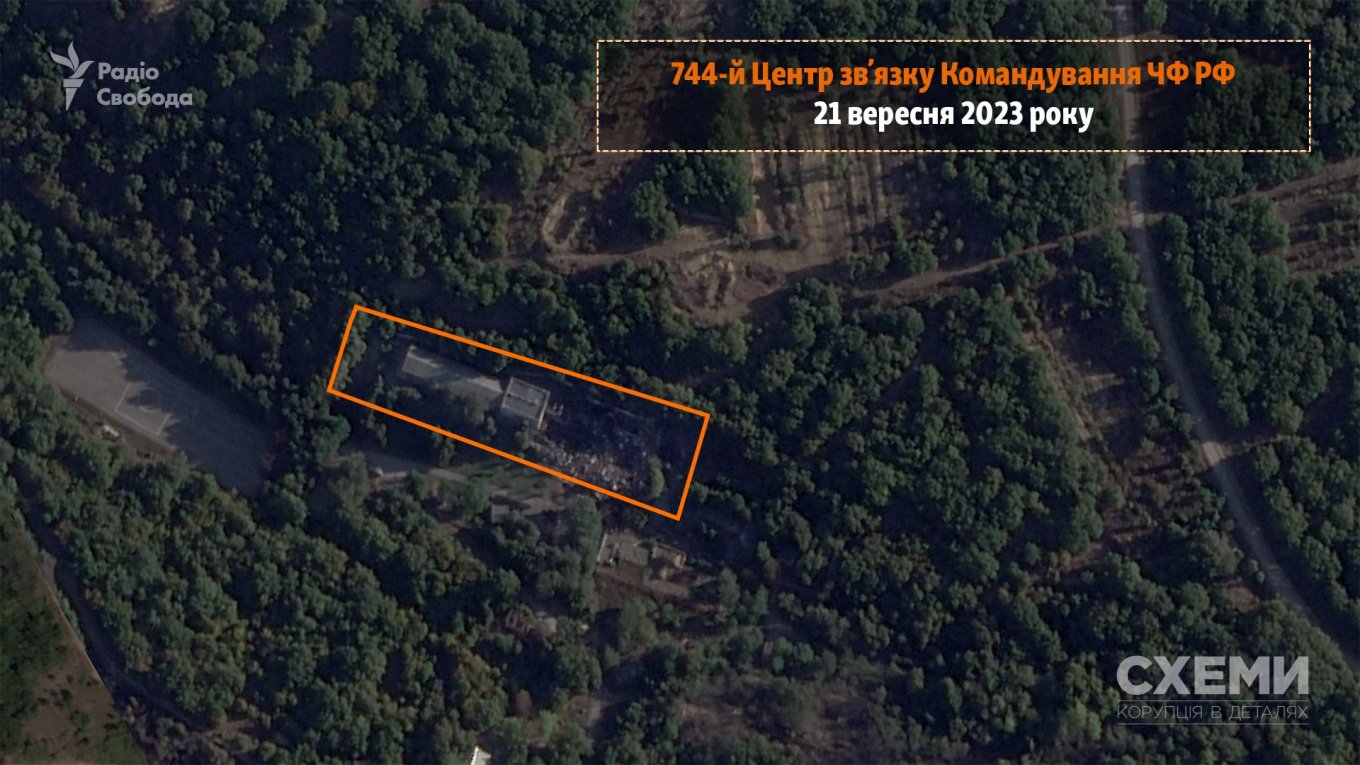
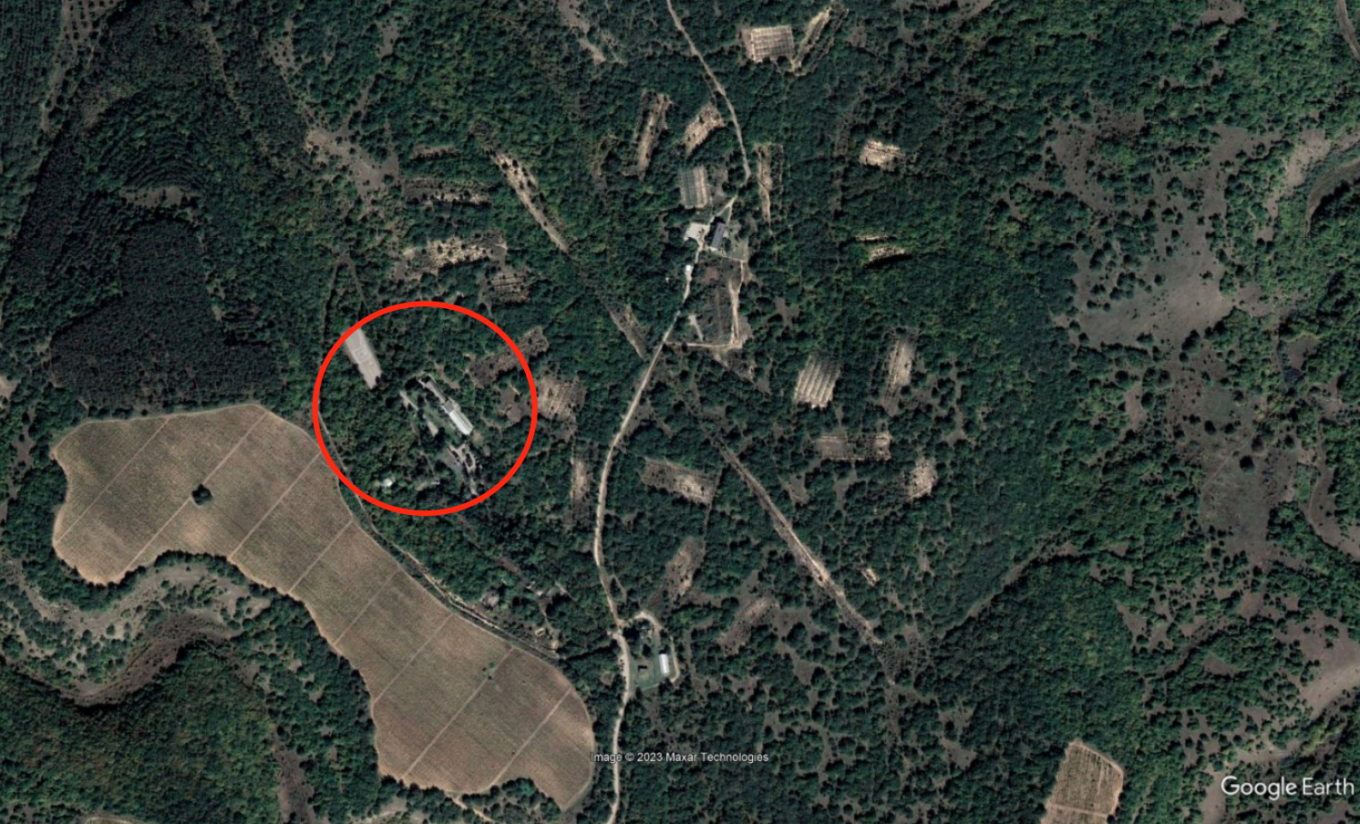
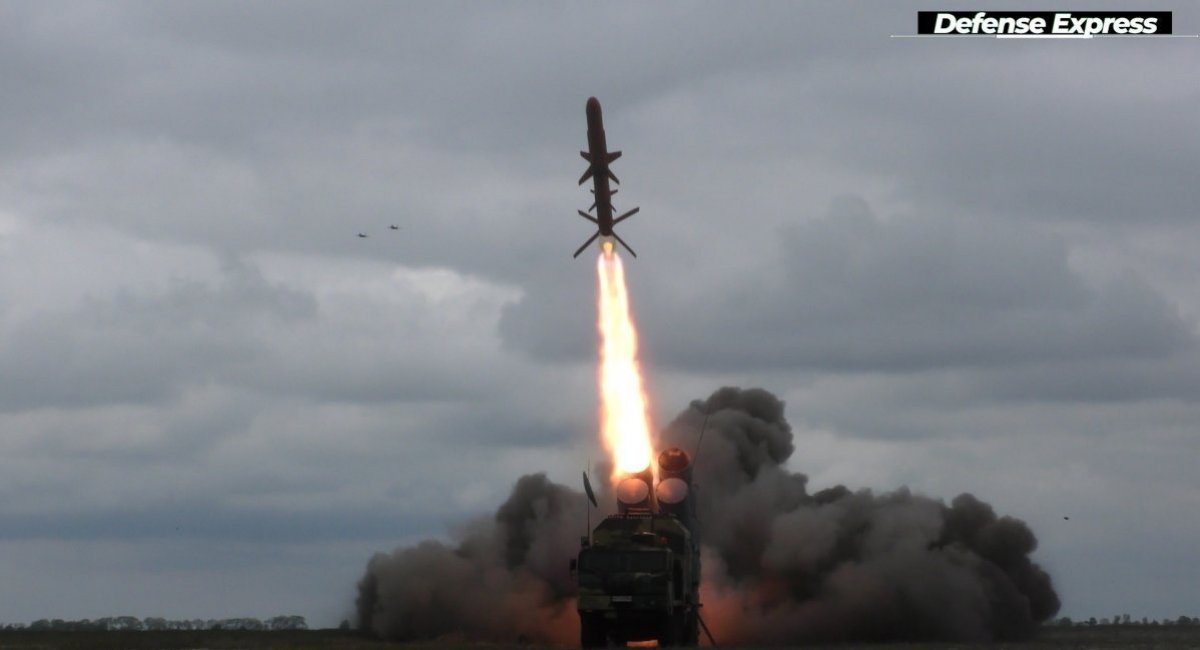
:quality(70)/cloudfront-eu-central-1.images.arcpublishing.com/thenational/IU4HKONYGANMAQRBHZLTPAGGE4.jpg)
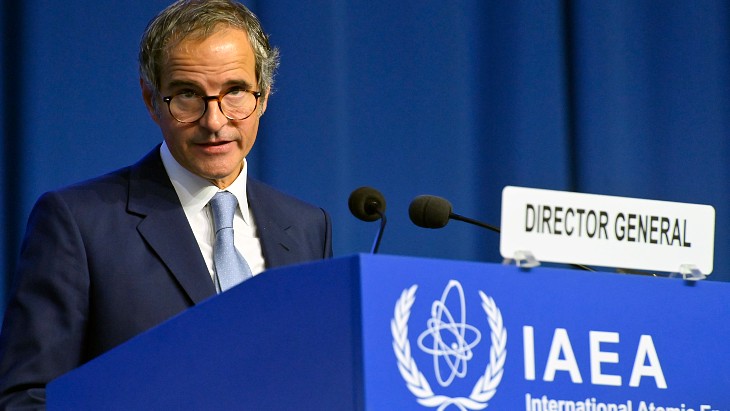 Director General Grossi speaking at General Conference (Image: IAEA)
Director General Grossi speaking at General Conference (Image: IAEA)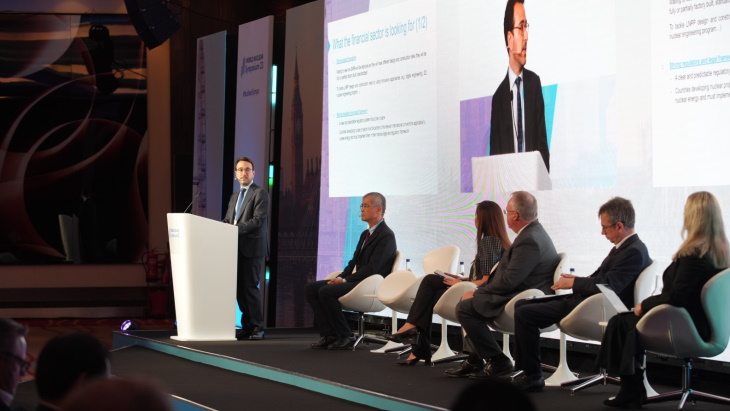 White & Case LLC's Julien Bocobza addressing the Symposium (Image: World Nuclear Association)
White & Case LLC's Julien Bocobza addressing the Symposium (Image: World Nuclear Association)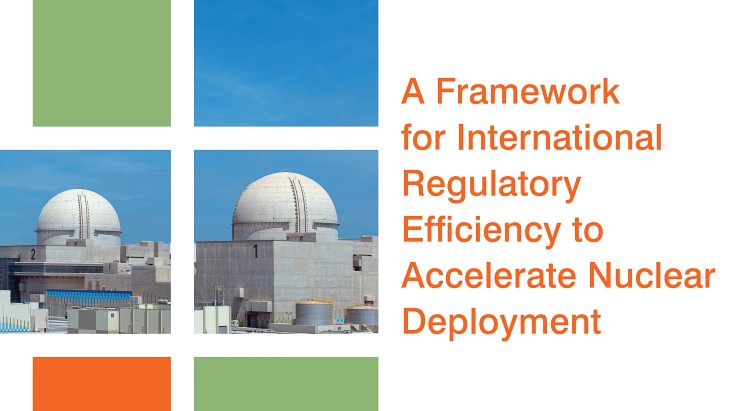 (Image: World Nuclear Association)
(Image: World Nuclear Association) How the completed site could look (Image: NRG-Pallas)
How the completed site could look (Image: NRG-Pallas).jpg?ext=.jpg) The site of the plant's former containment building (Image: Enresa)
The site of the plant's former containment building (Image: Enresa).jpg)
.jpg)
.jpg?ext=.jpg) The companies' vision for their concept (Image: Crowley)
The companies' vision for their concept (Image: Crowley).jpg?ext=.jpg) The PCAT replica installed and ready for testing at Creative Energy's facility (Image: DOE Office of Nuclear Energy)
The PCAT replica installed and ready for testing at Creative Energy's facility (Image: DOE Office of Nuclear Energy)